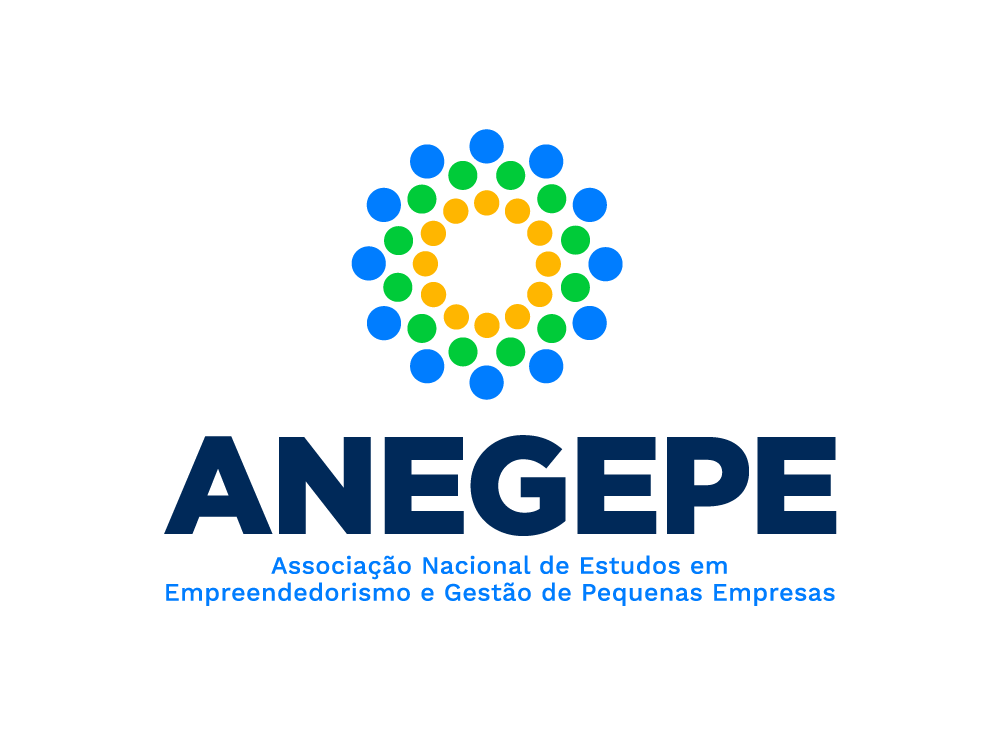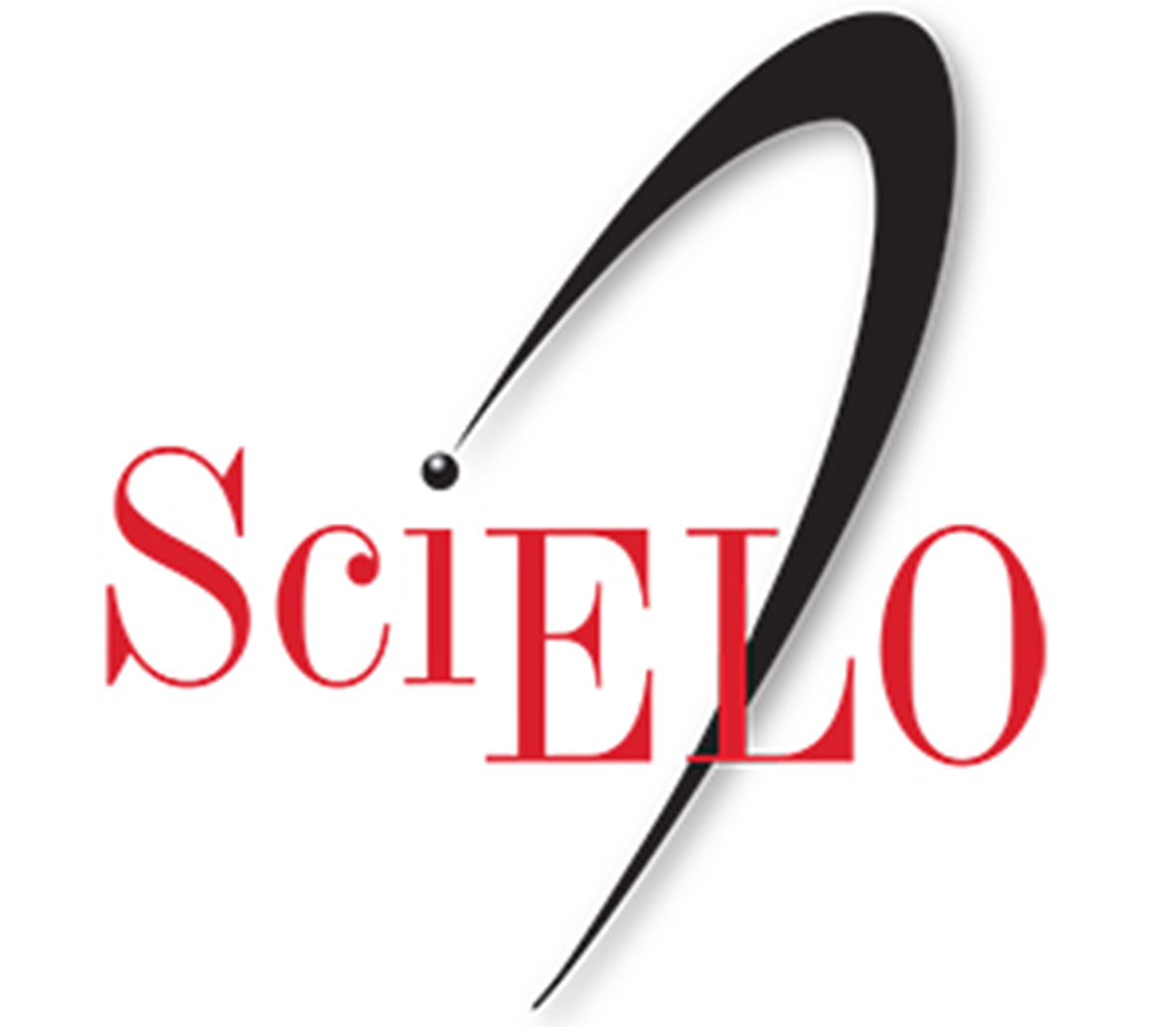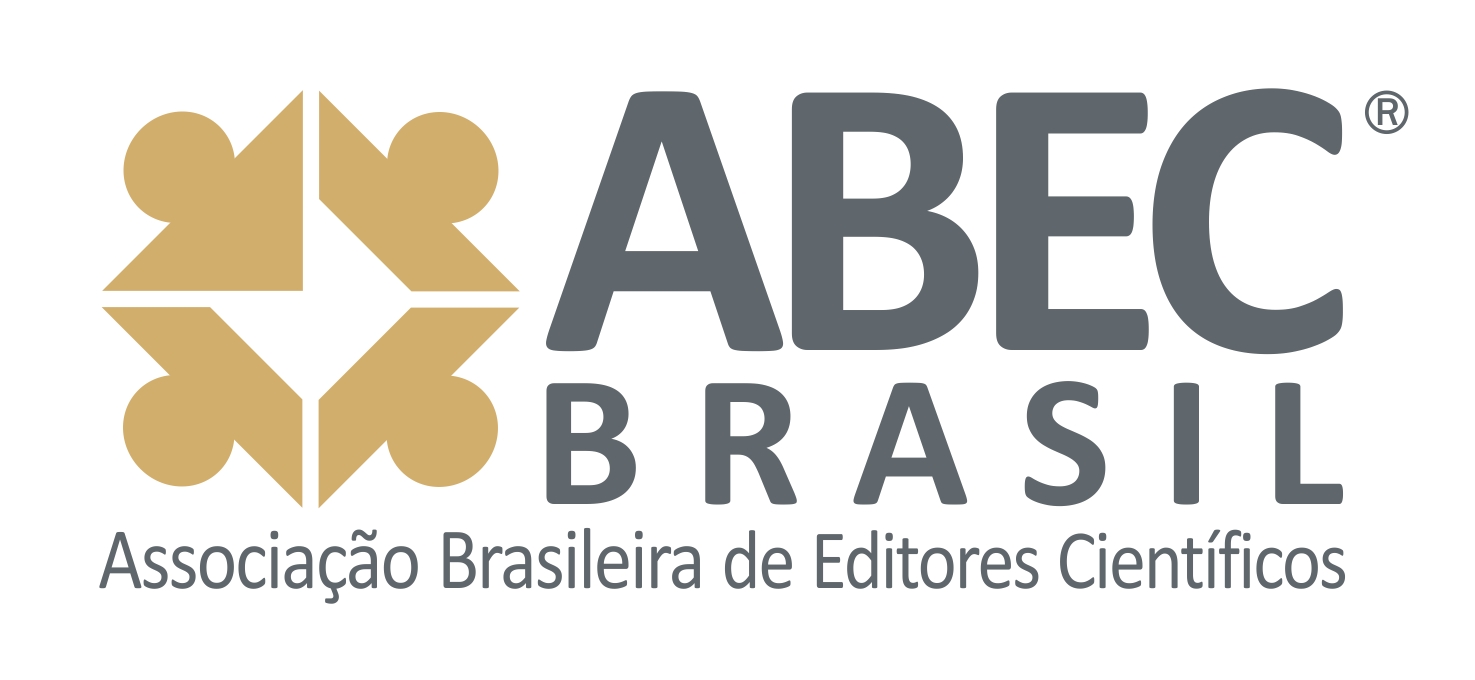Proteção da propriedade intelectual por empresas incubadas: A utilização de métodos formais e não formais
DOI:
10.14211/regepe.e1733Palavras-chave:
Propriedade intelectual, Incubadora, Empresa de base tecnológica, Gestão da inovação, Métodos não-formais, Startup, Apropriação de valor, Ativos complementares.Resumo
Objetivo: Verificar e caracterizar a utilização, por empresas incubadas do setor de saúde, de métodos formais e não formais de proteção da propriedade intelectual. Metodologia/abordagem: Pesquisas bibliográfica e com fontes primárias, e estudo comparativo da interação entre as organizações e o ambiente. As informações primárias das empresas incubadas foram obtidas em pesquisa de campo, realizada na incubadora Celta, em Florianópolis/SC, Brasil, por meio de entrevistas presenciais. Principais resultados: Observou-se um intenso uso de métodos não formais e de práticas previstas na literatura, sendo a regularidade em certificações junto à Anvisa identificada como um importante ativo complementar de apropriação de propriedade intelectual para as empresas estudadas (Teece, 1986). Contribuições teóricas/metodológicas: Identificação da utilização de métodos não formais pelas empresas e a sua composição com métodos formais, contribuindo, com isso, para o avanço da literatura e da prática empresarial. Relevância/originalidade: O estudo enfatizou a investigação do uso de métodos não formais para a proteção da propriedade intelectual por empresas incubadas – tema ainda pouco explorado na literatura. Contribuição social e prática: a utilização de métodos não formais é especialmente interessante às pequenas e médias empresas, pois a implementação está sob o seu controle, ou seja, as instituições podem contornar prazos e custos incorridos nos registros formais. Recomenda-se, nesse sentido, ampliar a compreensão do papel dos ativos complementares (Teece, 1986) para as empresas de base tecnológica.
CLASSIFICAÇÃO JEL: L26, M13, O00, O30, O32, O34
Downloads
Referências
Al-Aali, A. Y., & Teece, D. J. (2013). Towards the (strategic) management of intellectual property: Retrospective and prospective. California management review, 55(4), 15-30. https://doi.org/10.1525/cmr.2013.55.4.15
Alexy, O., George, G., & Salter, A. (2011, January). From sensing shape to shaping sense: A dynamic model of absorptive capacity and selective revealing. In Academy of Management Proceedings (Vol. 2011, Nº. 1, pp. 1-6). Briarcliff Manor, NY: Academy of Management. https://doi.org/10.5465/ambpp.2011.65869638
Baldwin, C. Y., & Henkel, J. (2015). Modularity and intellectual property protection. Strategic management journal, 36(11), 1637-1655. https://doi.org/10.1002/smj.2303
Bogers, M., Bekkers, R., & Granstrand, O. (2012). Intellectual property and licensing strategies in open collaborative innovation. In C. de P. Heredero & D. Lopez (Eds.). Open Innovation in Firms and Public Administrations: Technologies for Value Creation: Technologies for Value Creation (pp. 37-58). USA: IGI global. https://doi.org/10.4018/978-1-61350-341-6.ch003
Bulgacov, S. (1998). Estudos comparativo e de caso de organizações de estratégias. Organizações & Sociedade, 5(11), 53-76. https://doi.org/10.1590/s1984-92301998000100001
Carvalho, S. M. P., Salles-Filho, S. L. M., & Paulino, S. R. (2006). Propriedade intelectual e dinâmica da inovação na agricultura. Revista Brasileira de Inovação, 5(2), 315-340. https://doi.org/10.20396/rbi.v5i2.8648932
Fisher III, W. W., & Oberholzer-Gee, F. (2013). Strategic management of intellectual property: an integrated approach. California management review, 55(4), 157-183. https://doi.org/10.1525/cmr.2013.55.4.157
Gil, A. C. (2002). Como elaborar projetos de pesquisa. São Paulo: Atlas.
Haeussler, C., Harhoff, D., & Mueller, E. (2014). How patenting informs VC investors – The case of biotechnology. Research Policy, 43(8), 1286-1298. https://doi.org/10.1016/j.respol.2014.03.012
INPI – Instituto Nacional da Propriedade Industrial. (2012, maio). Diretriz de Exame de Patentes de Modelo de Utilidade. Recuperado https://www.gov.br/inpi/pt-br/servicos/patentes/pagina_consultas-publicas/arquivos/diretriz_de_mu_versao_2_original.pdf
INPI – Instituto Nacional da Propriedade Industrial. (2013a). Expressão criativa: uma introdução ao direito de autor e aos direitos conexos para pequenas e médias empresas. Rio de Janeiro: INPI.
INPI – Instituto Nacional da Propriedade Industrial. (2018). Indicadores de Propriedade Industrial 2018. Diretoria Executiva. Assessoria de Assuntos Econômicos. Rio de Janeiro: INPI.
INPI – Instituto Nacional da Propriedade Industrial. (2013b). Inventando o futuro: uma introdução às patentes para as pequenas e médias empresas. Rio de Janeiro: INPI.
Jungmann, D. D. M., & Bonetti, E. A. (2010). A caminho da inovação: proteção e negócios com bens de propriedade intelectual: guia para o empresário. Brasília: IEL.
Hall, B., Helmers, C., Rogers, M., & Sena, V. (2014). The choice between formal and informal intellectual property: a review. Journal of Economic Literature, 52(2), 375-423. https://doi.org/10.1257/jel.52.2.375
Henkel, J. (2006). Selective revealing in open innovation processes: The case of embedded Linux. Research policy, 35(7), 953-969. https://doi.org/10.1016/j.respol.2006.04.010
Lei nº 9.782, de 26 de janeiro de 1999. (1999). Define o Sistema Nacional de Vigilância Sanitária, cria a Agência Nacional de Vigilância Sanitária, e dá outras providências. Recuperado de https://www.planalto.gov.br/ccivil_03/leis/l9782.htm
Machado, S. A., Pizysieznig Filho, J., Carvalho, M. M. D., & Rabechini Junior, R. (2001). MPEs de base tecnológica: conceituação, formas de financiamento e análise de casos brasileiros. São Paulo: Sebrae.
Musskopf, D. B. (2017). A visão baseada em capacitação e os documentos de patentes: os modelos de utilidade como resultado de capacitações não-dinâmicas (Tese de doutorado). Universidade Federal do Rio de Janeiro, Rio de Janeiro, RJ, Brasil.
Neuhäusler, P. (2009). Formal vs. informal protection instruments and the strategic use of patents in an Expected-Utility framework (Fraunhofer ISI Discussion Papers – Innovation Systems and Policy Analysis No. 20). Recuperado de http://hdl.handle.net/10419/28542
Päällysaho, S., & Kuusisto, J. (2011). Informal ways to protect intellectual property (IP) in KIBS businesses. Innovation, 13(1), 62-76. https://doi.org/10.5172/impp.2011.13.1.62
Pisano, G. (2006). Profiting from innovation and the intellectual property revolution. Research policy, 35(8), 1122-1130. https://doi.org/10.1016/j.respol.2006.09.008
Reitzig, M. (2004). Strategic management of intellectual property. MIT Sloan Management Review, 45(3), 35-40.
Richardson, R. J., & Peres, J. A. (1985). Pesquisa social: métodos e técnicas. São Paulo: Atlas.
Teece, D. J. (1986). Profiting from technological innovation: Implications for integration, collaboration, licensing, and public policy. Research policy, 15(6), 285-305. https://doi.org/10.1016/0048-7333(86)90027-2
Thomä, J., & Bizer, K. (2013). To protect or not to protect? Modes of appropriability in the small enterprise sector. Research Policy, 42(1), 35-49. https://doi.org/10.1016/j.respol.2012.04.019
West, J. (2003). How open is open enough? Melding proprietary and open source platform strategies. Research policy, 32(7), 1259-1285. https://doi.org/10.1016/s0048-7333(03)00052-0
West, J., & Gallagher, S. (2006). Challenges of open innovation: the paradox of firm investment in open‐source software. R&D Management, 36(3), 319-331. https://doi.org/10.1111/j.1467-9310.2006.00436.x
WIPO – World Intellectual Property Organization. (2020a). Utility models. Recuperado de https://www.wipo.int/patents/en/topics/utility_models.html
WIPO – World Intellectual Property Organization. (2020b), First Publication 2004). What is intellectual property? (Vol. 450). Geneva, Switzerland: Wipo. Recuperado de https://www.wipo.int/edocs/pubdocs/en/wipo_pub_450_2020.pdf
WIPO – World Intellectual Property Organization. (2004). Wipo intellectual property handbook: policy, law and use (Vol. 489). Geneva, Switzerland: Wipo. Recuperado de http://www.wipo.int/freepublications/en/intproperty/489/wipo_pub_489.pdf
Downloads
Publicado
Métricas
Visualizações do artigo: 1985 PDF downloads: 130 PDF (English) downloads: 161
Como Citar
Edição
Seção
Licença
Copyright (c) 2021 Luciano Benvenuti Roncalio, Fernando Richartz

Este trabalho está licenciado sob uma licença Creative Commons Attribution 4.0 International License.
Autores que publicam nesta revista concordam com os seguintes termos:
- O(s)/A(s) autor(es)/autora(s) autorizam a publicação do texto na revista;
- A revista não se responsabiliza pelas opiniões, ideias e conceitos emitidos nos textos, por serem de inteira responsabilidade de seus autores/autoras;
- Autores/autoras mantêm os direitos autorais e concedem à revista o direito de primeira publicação, com o trabalho publicado sob a Licença CC BY 4.0
, que permite o compartilhamento do trabalho com reconhecimento da autoria e publicação inicial nesta revista;
- Autores/autoras são permitidos e encorajados a postar seu trabalho (Versão submetida, Versão aceita [Manuscrito aceito pelo autor/autora] ou Versão publicada [Versão do registro]) online, por exemplo, em repositórios institucionais ou preprints, pois isso pode levar a trocas produtivas, bem como a citações anteriores e maiores de trabalhos publicados. A REGEPE pede como condição política para os autores/autoras que indiquem/vinculem o artigo publicado com DOI. Veja o Efeito do Acesso Livre.















